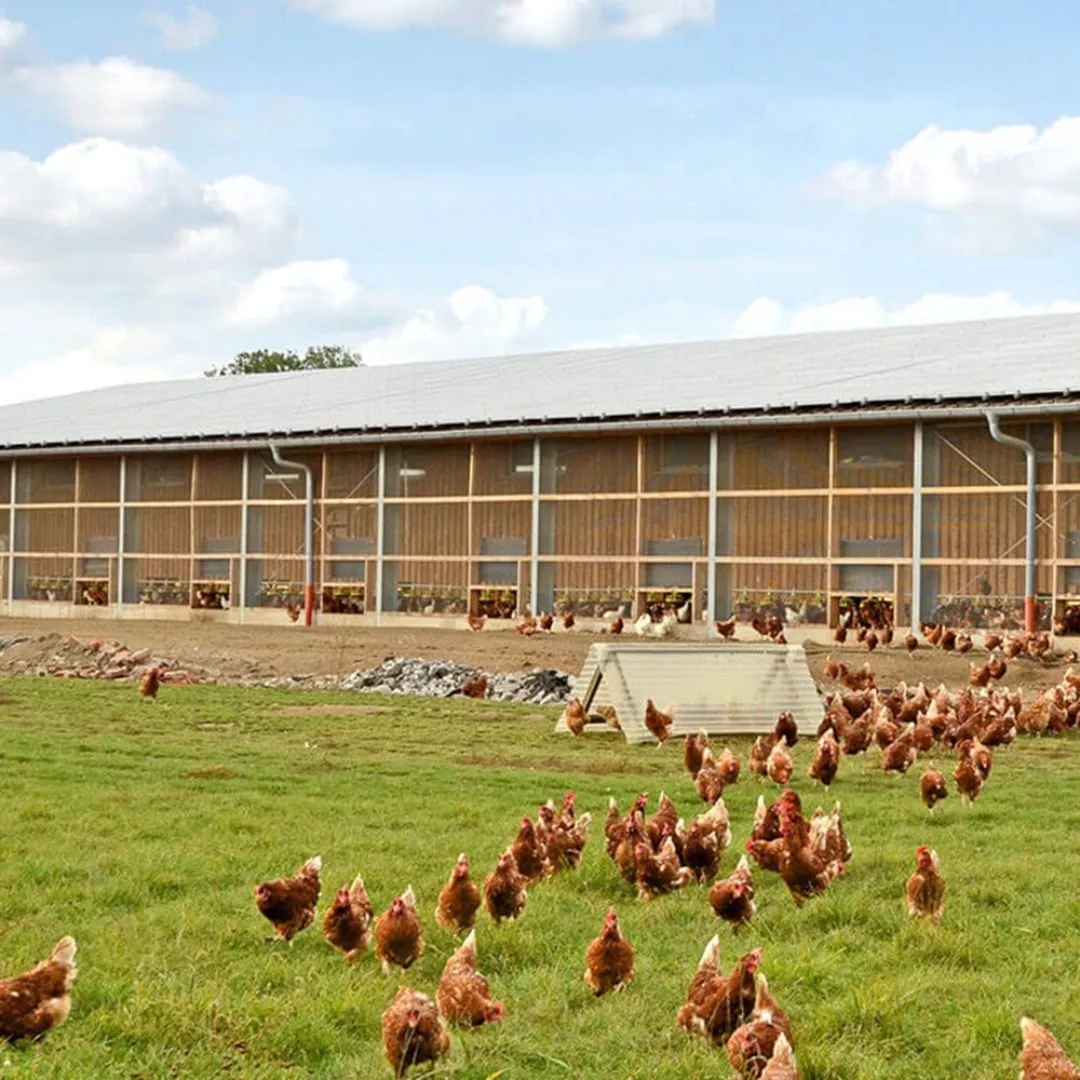- Afrikaans
- Albanian
- Amharic
- Arabic
- Armenian
- Azerbaijani
- Basque
- Belarusian
- Bengali
- Bosnian
- Bulgarian
- Catalan
- Cebuano
- Corsican
- Croatian
- Czech
- Danish
- Dutch
- English
- Esperanto
- Estonian
- Finnish
- French
- Frisian
- Galician
- Georgian
- German
- Greek
- Gujarati
- Haitian Creole
- hausa
- hawaiian
- Hebrew
- Hindi
- Miao
- Hungarian
- Icelandic
- igbo
- Indonesian
- irish
- Italian
- Japanese
- Javanese
- Kannada
- kazakh
- Khmer
- Rwandese
- Korean
- Kurdish
- Kyrgyz
- Lao
- Latin
- Latvian
- Lithuanian
- Luxembourgish
- Macedonian
- Malgashi
- Malay
- Malayalam
- Maltese
- Maori
- Marathi
- Mongolian
- Myanmar
- Nepali
- Norwegian
- Norwegian
- Occitan
- Pashto
- Persian
- Polish
- Portuguese
- Punjabi
- Romanian
- Russian
- Samoan
- Scottish Gaelic
- Serbian
- Sesotho
- Shona
- Sindhi
- Sinhala
- Slovak
- Slovenian
- Somali
- Spanish
- Sundanese
- Swahili
- Swedish
- Tagalog
- Tajik
- Tamil
- Tatar
- Telugu
- Thai
- Turkish
- Turkmen
- Ukrainian
- Urdu
- Uighur
- Uzbek
- Vietnamese
- Welsh
- Bantu
- Yiddish
- Yoruba
- Zulu
Nov . 26, 2024 05:10 Back to list
Light Gauge Steel Construction An Overview
Light gauge steel construction has emerged as a popular choice in modern building practices, combining efficiency, durability, and versatility. As the construction industry continues to evolve, the demand for materials that are not only strong but also lightweight and easy to work with has intensified. Light gauge steel, typically less than 3 mm in thickness, offers a range of advantages, making it an ideal solution for a variety of applications, including residential and commercial buildings.
One of the most significant benefits of light gauge steel construction is its strength-to-weight ratio. This material is known for its remarkable structural properties, allowing for the construction of resilient frameworks that can withstand extreme weather conditions, seismic activity, and other environmental stresses. Unlike traditional wood framing, light gauge steel does not warp, crack, or deform, ensuring long-term stability and safety in building structures.
Sustainability is another key advantage when using light gauge steel. Steel is inherently recyclable, and many manufacturers utilize recycled materials in the production of light gauge steel. This reduces the carbon footprint associated with raw material extraction and processing, making it a more environmentally friendly option. Additionally, the durability of steel means that buildings constructed with this material require less maintenance over time, leading to further resource savings.
Light gauge steel construction also allows for faster and more efficient building processes. The material can be prefabricated off-site, with components manufactured to precise specifications. This means that once on-site, the erection of the steel framework can be completed in a fraction of the time compared to traditional construction methods. The speed of construction not only reduces labor costs but also minimizes disruptions and can lead to earlier occupancy of the building.
light gauge steel construction

Another notable aspect of light gauge steel construction is its design flexibility. Architects and builders can conceive innovative and intricate designs without the constraints typically associated with heavier materials. The lightweight nature of the steel allows for longer spans in construction, which can create more open and spacious interiors. This adaptability makes light gauge steel suitable for a diverse range of architectural styles, from contemporary to traditional.
Moreover, light gauge steel is fire resistant, which adds an important layer of safety in building design. Unlike combustible materials, steel does not contribute to fire spread, and it maintains its structural integrity at high temperatures longer than many other materials. This property makes it a popular choice for buildings where fire safety is a primary concern, such as public facilities and multi-family housing.
Despite its numerous advantages, light gauge steel construction does present some challenges. Proper design and installation are crucial to ensure that the benefits of using steel are fully realized. For instance, it is essential to account for thermal bridging, as steel is a good conductor of heat. Insulation strategies must be thoughtfully implemented to maintain energy efficiency. Additionally, builders need to be well-versed in the specific requirements and standards related to light gauge steel to avoid potential construction issues.
In conclusion, light gauge steel construction offers a forward-thinking approach to building that aligns with the demands of modern architecture and sustainability. Its blend of strength, efficiency, and flexibility makes it suitable for a wide range of applications. As the construction industry continues to seek innovative solutions, light gauge steel stands out as a material that not only meets today's needs but also contributes to a more sustainable future. With proper implementation and a keen understanding of its properties, light gauge steel construction can provide lasting results that benefit builders, occupants, and the environment alike. Its role in shaping the future of construction is undeniable, promising a reliable and eco-friendly alternative for generations to come.
-
How Do Prefabricated Steel Structures Transform Modern Construction?
NewsJul.14,2025
-
How Do Prefabricated Metal Buildings Redefine Modern Construction?
NewsJul.14,2025
-
How Do Prefab Insulated Metal Buildings and Steel Structures Revolutionize Modern Construction?
NewsJul.14,2025
-
How Do Pre - Engineered Steel Structures Redefine Modern Construction?
NewsJul.14,2025
-
Advancing Modular Construction with Prefabricated Metal Structures
NewsJul.14,2025
-
Advancing Industrial Infrastructure with Prefabricated Steel Solutions
NewsJul.14,2025
Products categories
Our Latest News
We have a professional design team and an excellent production and construction team.












